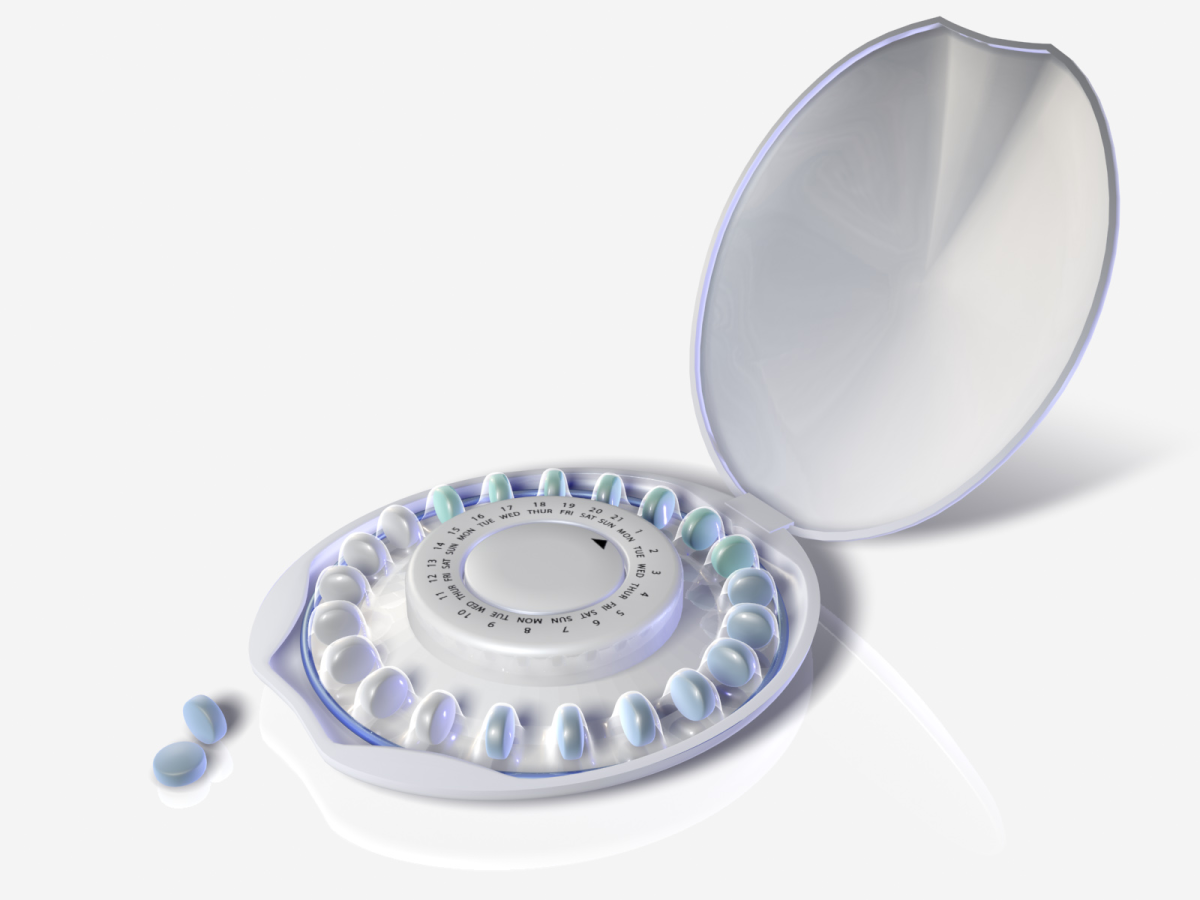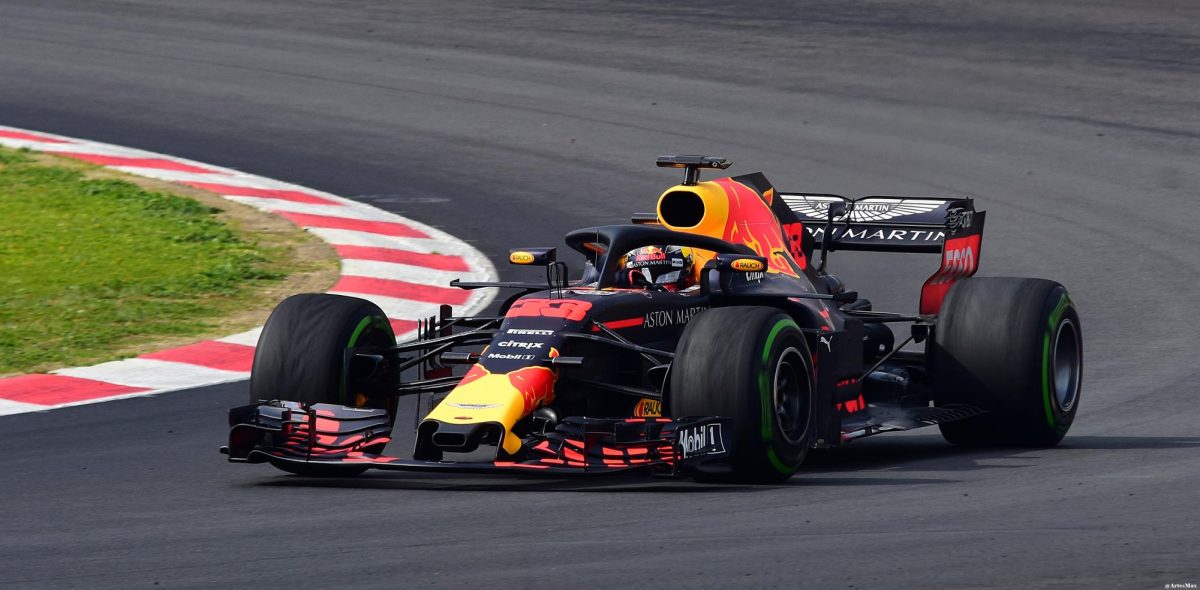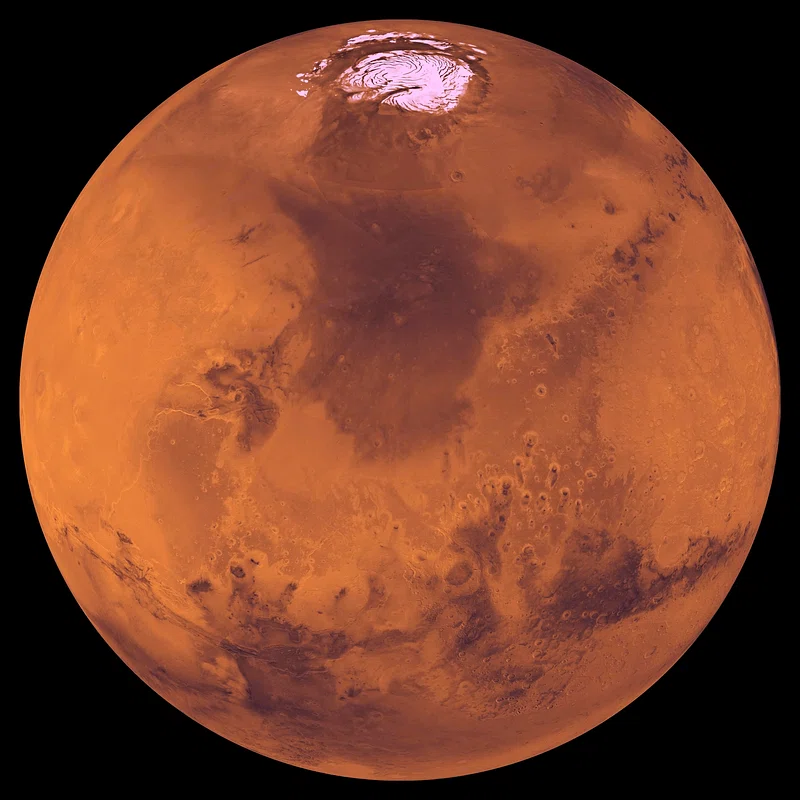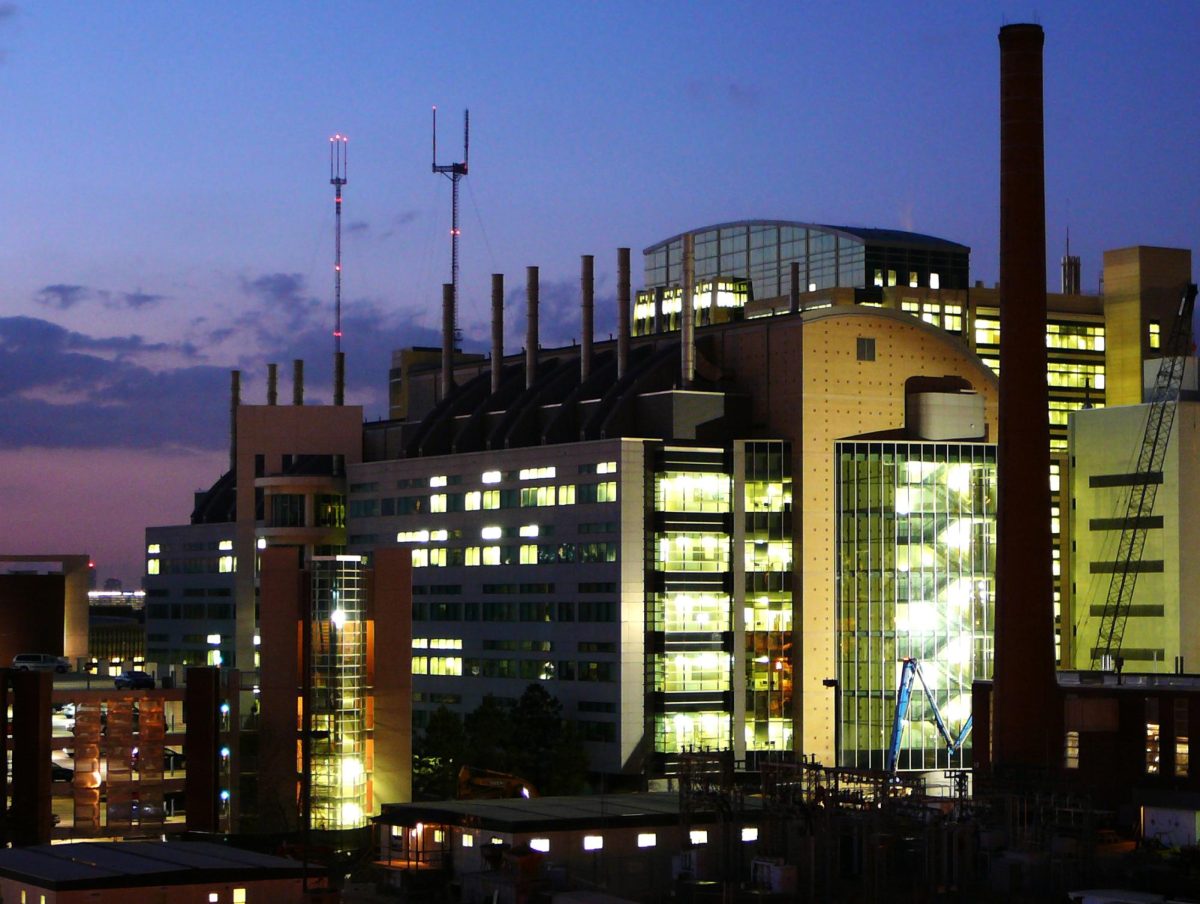Recently, NASA provided advanced grant funding for a new project that could potentially support a more in-depth investigation into the presence of water on Mars. Called MAGGIE (Mars Aerial and Ground Global Intelligent Explorer), the design is intended to look like a large plane-like structure that would fly through the atmosphere of the red planet in order to search for water on the surface. The wings of such a craft would be fixed structures, and would be constructed using solar panels, meaning the aircraft would be electrically powered. It would also take off and land vertically and current designs account for a speed of over 100 miles per hour at 3,300 feet above Mars’ surface. Developing the plane is Coflow Jet, LLC, which is based in Florida, and has revealed that, although still in early developmental stages, they hope to have MAGGIE on Mars within six years.
MAGGIE will help to build on, and use, information collected from Ingenuity, a small helo-drone helicopter that arrived on Mars with the Perseverance rover. With over 30 flights already by Ingenuity, data regarding the atmosphere of Mars, including wind, air speed, and other factors that are critical in correctly designing MAGGIE. According to statements made by Ge-Cheng Zha from Coflow Jet, LLC, this mission would investigate methane signal sources previously researched by the Mars Science Laboratory in Gale crater, along with analyzing the Martian core dynamo from magnetic fields. These new investigations also connect to ones made by Ingenuity and Perseverance, as MAGGIE’s goal is to also map ice and water on the Martian subsurface. Such potential discoveries could provide proof to potential life, or history of life on the red planet.
The funding for MAGGIE originates from NIAC (NASA Innovative Advanced Concepts), a grant program that provides monetary support for prospective space-related research and projects, which historically has included things like technology for mining asteroids, and house kits of fungus for future human residence on Mars. Despite being in the early stages of design, MAGGIE certainly has a lot going for it, including the funding, developers, and applicable goals. Its sustainability on Mars, with unique solar powered wings and other potential design features would make it long lasting and able to conduct high quality scans.























































